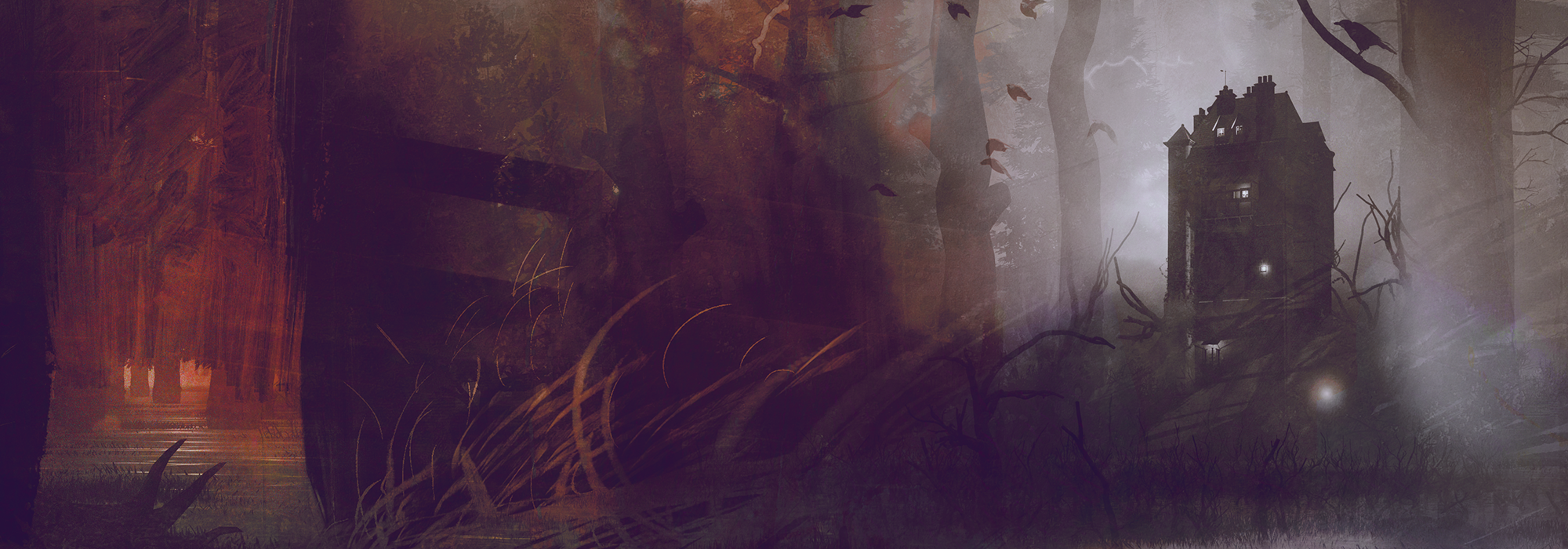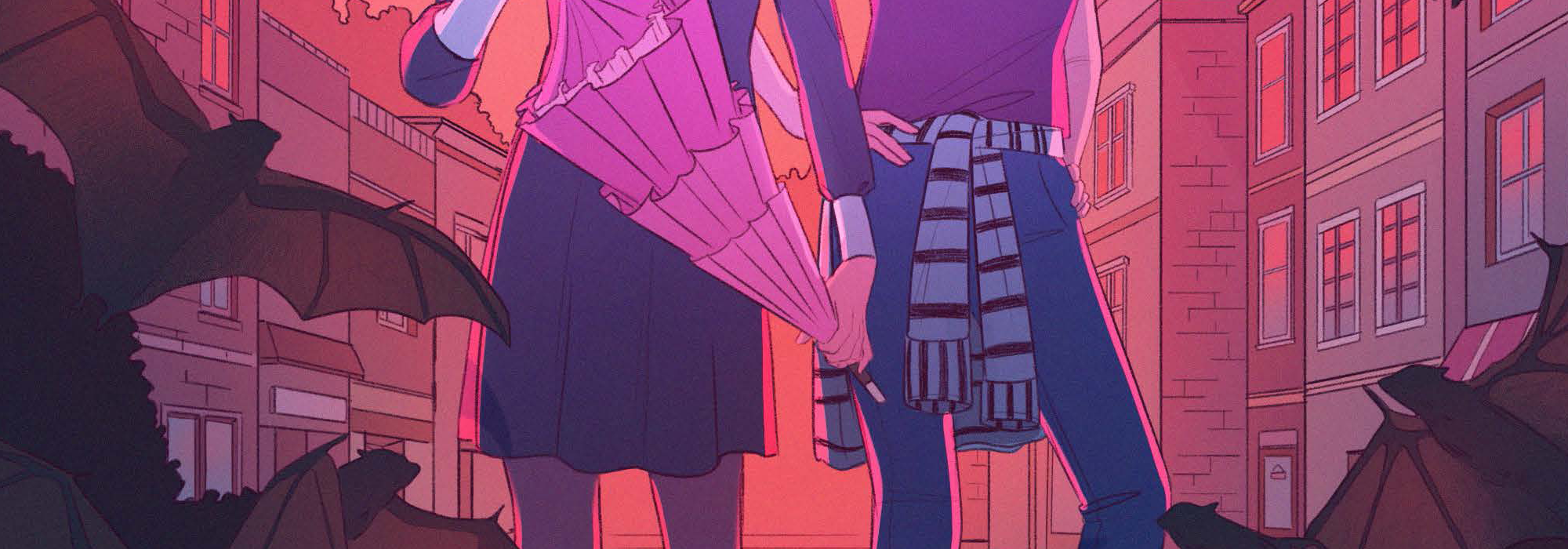The phrase is everywhere. A simple Google search of ‘How To Write A Book’ will result in thousands of pages popping up in reference to it.
What is it? The all cryptic, all powerful, Showing vs. Telling.
If you happen to be a budding author, then you’ve most certainly heard the term. Hell, you’ve probably read blog after blog, and article after article, that attempted to explain what it means, what it should look like, and how to execute it.
But you’ve probably found nothing but pages upon pages of vague paragraphs eluding to the holy grail of getting published. You sit there, like a World War II enigma engineer desperately trying to crack the code! Trust me, you’re not alone.
So, what’s the magic formula?! There has to be one!
Showing isn’t just description–character does x, then y, then z as the sun reflects off someone’s eyeballs. I find when it comes to craft, newer writers tend to take things very literally, and until it clicks…it doesn’t click.
“Well, that’s a bit dramatic,” you mutter, rolling your eyes. Meanwhile, your knuckles blanch white as you grip that steaming mocha soy latte for all its worth. Mom was dramatic too, but Aunt Nina wasn’t a witch. You’d searched that creepy-ass house from top to bottom and nary a broom to be found. Determined not to read the screen, you run your fingers through damp, tangled hair before finally taking a sip of your latte. Fortified, you fill your lungs and reluctantly find yourself glancing at the computer. Damn it!
You’re a writer, and unless you’ve somehow nabbed a book deal from one of the ‘Big Five’, of course you’re interested.
Little did you know, but the tutorial has already begun.
Let’s begin.
Descriptive Showing
Pick the first page of your manuscript. Now read it out loud.
(Why is she making me talk to myself?)
My next question might seem a bit odd, but it’s very simple: Can you see it?
Huh?
If your manuscript was translated from the page to cinema…could you see it? Of course, you can see it in your head…it’s your manuscript after all!
But what about the audience? Can they see it? And by seeing it…I had a damn revelation here…what’s really meant, is: Can your readers see who your protagonist is, as well as the world around them, and how they interact with it?
Example #1
Dirk was a good guy. He never did a bad thing in his life, that is, not until ten minutes ago. It was the other guy’s fault, he should have never tried to pick a fight.
Dirk had served three tours in Afghanistan. A genuine, decorated, war hero. Then along comes this guy, talking shit about Dirk’s girl, and suddenly we got a really big problem. An ‘oh-shit-where’s-Dexter-when-you-need-him’ kind of problem.
**End**
I mean, it’s not bad. We get the picture. Dirk’s a vet that just got back from Afghanistan, and has apparently made fist meat out of some guy…on a scale equivalent to everyone’s favorite vigilante, blood splatter analyst/serial killer!
But can you really see it? Can you actually see who he is, and the world around him? Let’s try again.
Example #2
Dirk was a good guy. Even now, in the ominously dark alley, with nothing but the wheeze of his own ragged breath for company, Dirk was a good guy.
Steam rose from blood-slick hands, yet all he could do was stand there, staring at the still, silent body crumpled at his feet, as a spasm ripped through his overworked bicep.
“I killed him,” he whispered, as a nearby cab flew over an ill fitting manhole. Whipping around, Dirk dropped to the ground, prepared for the torrent of gunfire that never manifested.
PTSD would do that to you.
**End**
Now, could you see that? Could you see who he was, based solely on his interaction with the world around him? Could you see how upset he was without me ‘telling’ you how upset he was? Could you see all that he had been through without me ‘telling’ you that he was a vet?
If the ‘camera’ can’t see it, then your reader can’t; and the only way to accomplish this with descriptive showing, is to use the five senses. Sight, sound, taste, touch, and smell.
- Tell: The sun was shining. It was really bright
- Show: The sun’s reflection off the stainless steel teapot horrified Mary. It was too early, and the glare hurt her head like a tequila fueled hangover after a holiday weekend.
- Tell: Her skin was so soft.
- Show: His calloused hands skimmed the silk-like smoothness of her yielding skin.
- Tell: Lisa missed her mom’s cooking. Sometimes, she could close her eyes and taste that chicken pot pie.
- Show: In quiet moments, when grief crept up so unexpectedly, Lisa could almost taste the flaky, buttery, crust of her mom’s famous, blue ribbon winning, chicken pot pie.
Progressive Showing
Chances are, you give a lot of back story. I’m guilty of it too. We want the reader to understand the world that we have created…but we don’t have to make the most fatal of literary mistakes: The Info-Dump.
That term gets tossed around about as much as a Sunday game ball, but it can be applied to more than an incredibly detailed prologue outlining the entire history of your fictitious alien race.
The progression of your story can either be shown, or told. You don’t have to reveal every little detail of the story.
Think of your favorite movie. How are you introduced to the main character, and the plot? Are you told everything there is to know about them? How are you introduced to their quirks?
It could be as simple as having the detective in your manuscript constantly flipping a Zippo lighter. Now, imagine that the camera zooms in on the lighter. What does that tell us? That the lighter is significant.
It could just mean that he smokes…or that he used to smoke.
Zooming in on that lighter has just raised a whole bevvy of questions.
Why did he stop smoking? Health reasons? Maybe he never smoked…maybe the lighter was his dad’s – a cop like him…
Or maybe, his own lit cigarette was the catalyst for the house fire that killed his entire family, and flicking that lighter is the only thing keeping him grounded in the here and now…
My God I’m morbid!
Example #1
Lori didn’t get along with her mom, but hated her stepfather more. As bad as ‘Mommy’ had been, nothing compared to the outwardly charismatic Ryan Saleno.
He was a ‘pillar’ of the community. The Mayor of the city of Aldridge, and the man that had made her life a living hell through the grace of his fist. Her mother too. He was a monster.
She didn’t know how she was going to get through the Holidays…
**Note: There’s nothing ‘wrong’ with this passage. The voice is fine, we get the idea, and we have been told about Lori’s dysfunctional family. It’s a good passage, but it’s also very run of the mill.
Example #2
Passing the little coat closet by her front door, Lori paused. It really was amazing. Not the closet itself – in New York City a postage stamp would be bigger than the cubby that she shoved her jacket into.
No. The amazing thing was that still, after all these years, her heart fluttered every damn time she walked passed it. Or any closet for that matter.
“Where did you go, chickadee?”
Lori shuddered, hesitating as her fingers hovered above the bowl that held her keys. Only God knew how much of her youth had been spent in her childhood closet, hiding from his drunken rages.
The charismatic Mayor of Aldridge – her stepfather.
“We really don’t have to go, Lor.”
Turning, Lori smiled at Ricky. He was Mayor Ryan Saleno’s exact opposite, and she was grateful for that.
“I have to. For Mom.” Taking a deep breath, and grabbing the keys, Lori placed her hand in Ricky’s safe grasp. It was now or never. “Have I mentioned how much I hate the Holiday’s?”
**Note: Can you see the difference? Instead of telling the story of her dysfunctional family, we have shown the story through visual memory (sight), auditory memory (sound), and we could not only understand Lori’s hesitation, but we could almost empathize with her. The well-timed dialogue only adds to the scene, progressing the story forward, and allows us to fill in some of the gaps.
It’s tough, and it’s difficult. Let’s be truly honest with ourselves – if it were easy, we would already be published.
I have come to the realization that anyone can be a writer, but not everyone can craft a novel.
Research and practice help, but I’m hoping that my own experience can help others find their way.
Remember, page by page, paragraph by paragraph, and line by line : Can the audience see it?
And until they can, your masterpiece might never see the light of day.
Your story needs to be told, so take a deep breath, and revise.
Come follow me on Twitter! @Maria_Tureaud






Nice article! I think you provide a nice detailed explanation. Thanks!
I am, so I am told, always on the wrong side of this debate. I think many writers have a tendency to over show. I read some passages and the only thing that comes to mind is that this person is trying too hard to make us see it. I don’t mind show. It’s just that is what television and movies are for. They leave nothing to the imagination. I think you have to put a person there with you in your writing, but you have to give him a little work to do for him to stay there. You don’t just want them engaged, you want them to have a small subconscious stake in what they are reading. Or at least I do. – Robert
I feel the same way. When details are over-shown, it can overwhelm the reader. But when information is shown, vs told, that’s where a manuscript can transform into a book.
A definite lesson. Very useful valued insight. TY
This is one of those topics instructors and critics like to mention without explaining. You gave a great description and very helpful examples. Thank you!
Great perspective. I’m heeding these notes during the next review of my manuscript.
[…] via Show vs Tell: A Guide To Writing — Crafting Your Novel […]
[…] so you can learn from her mistakes… and this time she shares an important lesson about showing vs. telling with examples and some solid advice… “But what about the audience? Can they see it? And […]
Thank you for sharing this. Show vs tell is tricky. I think about it like staring at something. We normally tell someone what we saw instead of showing them. We don’t use our senses enough.